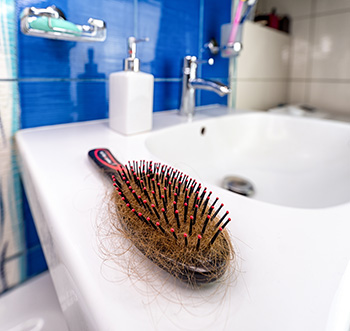Introduction
Have you ever found a hair on your shirt, in your bathroom sink, or worse, in your food and thought, "This isn't mine?!" What characteristics of the hair that you found led you to believe it was not yours?
In this lesson, we will look at how hair structure and characteristics can be used by forensic scientists to compare samples to known suspects and to gather more details about a crime and its potential suspects.

Following successful completion of this lesson, students will be able to...
- Analyze scale patterns of hair samples to differentiate species.
- Differentiate human hair samples by comparing physical characteristics.
- Report analysis and conclusions in an organized manner.
Essential Questions
- What is the proper way to document information from a laboratory analysis? What should be included on this report?
- How is the scientific method used by forensic scientists and crime scene investigators?
- What is the difference between individual and class characteristics?
- How do you determine what evidence at a crime scene is valuable?
Enduring Understandings
- An exchange of material will occur whenever someone is at a crime scene (Locard's Exchange Principle). Materials left behind (or carried away) from the crime scene as well as markings and impressions from those items can be linked to an individual or item.
- The principles of scientific inquiry are required in all crime scene and forensic science analysis.
- Forensic results are open to the interpretation and subject to the limitation of the pathologist's knowledge and methods.
The above objectives correspond with the Alabama Course of Study: Forensic Science and Crime Scene Investigation standards: 5, 25, 43.